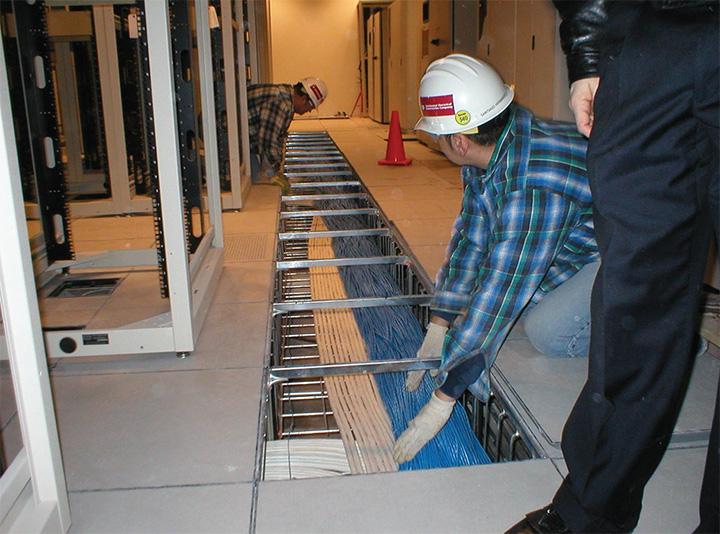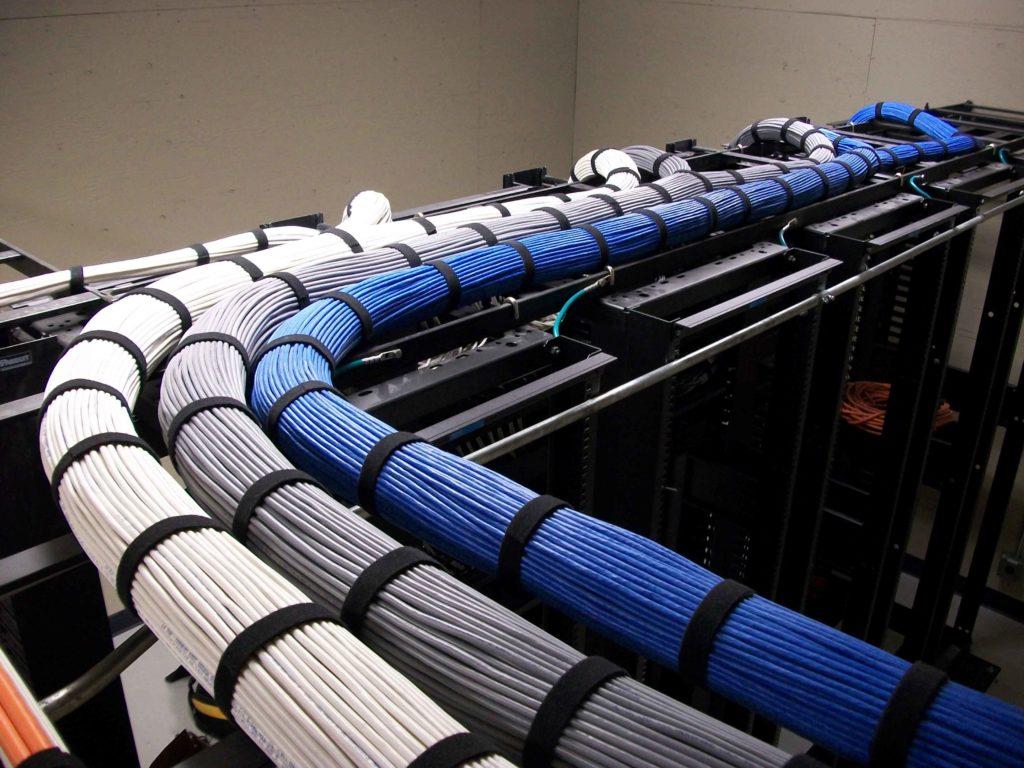- Related articles
- Apply to 100Base-LX Standard optical transceiver models
- Optical Transceivers for Cisco IE-2000-8TC-G-L Switch
- Optical Transceivers for Cisco SG200-50FP-EU Switch
- Optical Transceivers for WS-C4948E Switch
- Optical Transceivers for Cisco WS-C3650-48PD-L Switch
- Optical Transceivers for Cisco SG300-28MP-K9-UK Switch
- All Cisco GLC-EX-SMD's information (List price, Specs, Datasheet PDF, Compatibility matrix
- What is LX and EX in Transceiver?
- All Cisco GLC-BX-D's information (List price, Specs, Datasheet PDF, Compatibility matrix)
- Difference between Bluetooth transmitter and receiver

We know that optical cable owns advantages of high bandwidth, low loss, and other advantages, and its price is getting lower and lower, which is now widely used in a variety of distributions. However, since most of the fibers are made of quartz glass, they are very fragile with poor bending resistance. Based on this, our installation for optical cable also has a lot of attentions.
The bending radius and the tensile strength are two important parameters of the optical cable. No matter when and where we are laying cable, we should notice that the minimum bending radius and the maximum tension of the optical cable should not be exceeded; otherwise, it will cause greater optical cable loss or even fault of optical cable link. In general, the cable is usually installed in the pipeline, under the ceiling, on the trunking, and in the riser. This tutorial will make a detailed introduction to the attentions when the optical cable is wired in these places.
Pipeline laying
To lay the optical cable in the pipeline, the turning angle should not be too large in order to prevent the excessive optical cable bending. Before the laying, sundries in the pipeline should first be cleaned; then the tractor, guider and other auxiliary tools are utilized to draw the optical cable to the pipeline. The methods of optical cable traction within the pipeline are mainly mechanical traction and manual traction. In the practical laying, the two methods can be combined for traction. To make full use of pipe hole resources and protect the optical cable in the actual use, the plastic tube must be put inside the pipe hole before optical cable’s laying.
Ceiling & Floor Wiring
The two wiring methods are much easier that the pipeline wiring. Ceiling wiring means that optical cable is laid on the suspended ceilings under the ceiling. These ceilings are light panels fixed below the ceiling through a metal frame. Solid ceiling affects the number of the available optical cable under the ceiling. Floor wiring refers to laying optical cable below the floor (as shown in the following picture). This wiring is the simplest with many cables accessible to be laid.

Trunking Wiring
Trunking wiring is a convenient, safe and effective way of wiring. Trunking can be installed under the ceiling and floor or even in the shaft, effectively supporting and protecting the optical cable. If used improperly, however, it will cause damage to the cable. For example, larger bending radius will cause the excessive semidiameter in the laying while excessive cables in the slot will cause extrusion to themselves. In addition, after the cable being placed in the trunking, cable tie should be used to put the cable into a bundle or bundles (as shown in the following picture) for better cable management.

Cable Installation Precautions
Through the above three ways of cable cabling, you should note the following:
Don’t make the deformation of the optical cable. Especially in the case that the cable is fixed by the cable tie, don’t exceed cable’s minimum bending semidiameter. (In the process of installation and long-term storage), don’t exceed the maximum tensile force of the cable. Do not lay the mix of the copper cable and optical fiber. When optical cables are pulled at the same time, don’t exceed the cable with the lowest tensile resistance. Do not draw the optical cable on the existing one. The cable friction may cause damage to the existed cable. Also, the twisted optical cable may cause its damage. Do not make any traction of the cable in the corner like support frame. In the high-risk installation environment, extra anti-lateral pressure and mechanical protection should be offered to the optical cable to fix it as much as possible. Do not let the cable in non-stationary state and provide the connector of pre-terminated optical cable with full protection.
Conclusion
Optical cable has currently penetrated into all aspects of our lives. Mastering the basic knowledge of optical cable installation is of help for us to build an optical network system with high performance and strong stability. Of course, choosing a high-quality fiber is also very important in addition to the cable installation in the correct way.





















































